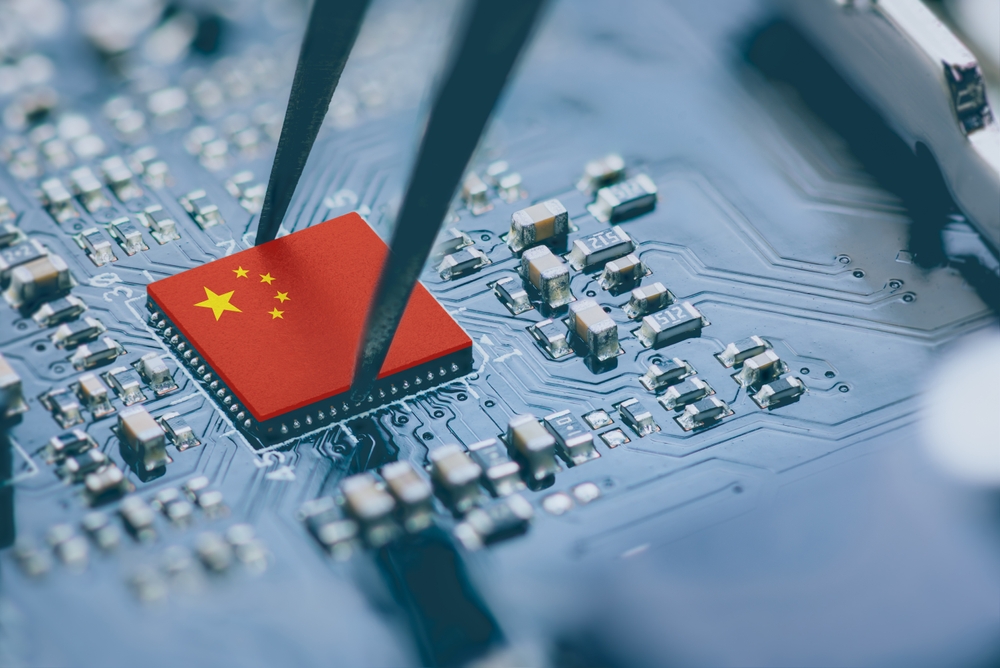The Biden administration has launched a last-minute trade investigation into Chinese-made legacy semiconductors. This probe, under Section 301 of the Trade Act of 1974, aims to counter China’s state-driven expansion in semiconductor production and could pave the way for new U.S. tariffs.
Legacy semiconductors, which power everyday products like cars, washing machines, and telecom equipment, are being scrutinized for their role in China’s growing dominance in the global chip market. U.S. Trade Representative Katherine Tai emphasized that the investigation is a necessary step to protect American producers. “China’s artificially low-priced chips threaten to significantly harm market-oriented competition,” Tai stated.
The Role of Legacy Chips in U.S. Industry
Legacy chips, built using older manufacturing techniques, remain essential to industries such as automotive, consumer electronics, and defense. Unlike advanced chips used in artificial intelligence, legacy semiconductors focus on simpler, high-volume applications.
U.S. Commerce Secretary Gina Raimondo highlighted alarming findings from a recent study. “Two-thirds of U.S. products using semiconductors rely on Chinese legacy chips. Even more concerning, half of U.S. companies—including some in the defense sector—don’t know the origin of their chips,” Raimondo said.
Tariffs and Export Restrictions
The Biden administration has already imposed a 50% tariff on Chinese semiconductors, set to take effect on January 1. This new investigation could lead to additional tariffs, offering a mechanism for the incoming Trump administration to implement its proposed 60% tariffs on Chinese imports.
Further measures include tightened export controls on advanced chips, memory technologies, and chipmaking equipment. These actions aim to limit China’s access to critical semiconductor technologies and bolster U.S. supply chain security.
China’s Reaction to the Probe
China’s commerce ministry has called the U.S. investigation a “protectionist” move that threatens global supply chains. In a statement, Beijing warned it would take “all necessary measures to firmly defend its rights and interests.”
The ministry also criticized the U.S. for disrupting international trade and harming American businesses, further straining the already tense relationship between the two economic powers.
Public Involvement in the Investigation
The Biden administration will accept public comments on the investigation starting January 6, with a public hearing scheduled for March 11-12. The probe is expected to be completed within a year, potentially setting the stage for long-term changes in trade policies.
The Information Technology Industry Council (ITIC), a trade group representing U.S. tech firms, expressed concern over the probe’s timing and potential consequences. “We strongly urge officials in both administrations to ensure the inquiry is conducted objectively and collaboratively,” said ITIC President Jason Oxman.
Broader Implications for Global Supply Chains
The investigation will also examine how Chinese legacy chips are integrated into downstream components and industries like defense, automotive, and medical devices. Additionally, the probe will target China’s production of silicon carbide substrates and wafers, critical materials for semiconductor manufacturing.
These actions come as the U.S. ramps up efforts to reduce dependency on foreign chipmakers. In response to pandemic-related disruptions, the U.S. has committed $52.7 billion to boost domestic semiconductor production, research, and workforce development.
What Lies Ahead for U.S.-China Trade Relations
The semiconductor probe marks another chapter in the escalating trade tensions between the U.S. and China. While the investigation aims to secure the U.S. chip industry, critics warn that it could create ripple effects in global supply chains, increasing costs for businesses and consumers.
“This investigation is about ensuring fairness and protecting U.S. industries from unfair competition,” Tai said. As the probe unfolds, its outcomes could shape the future of global trade and the semiconductor industry, with far-reaching implications for economies worldwide.







